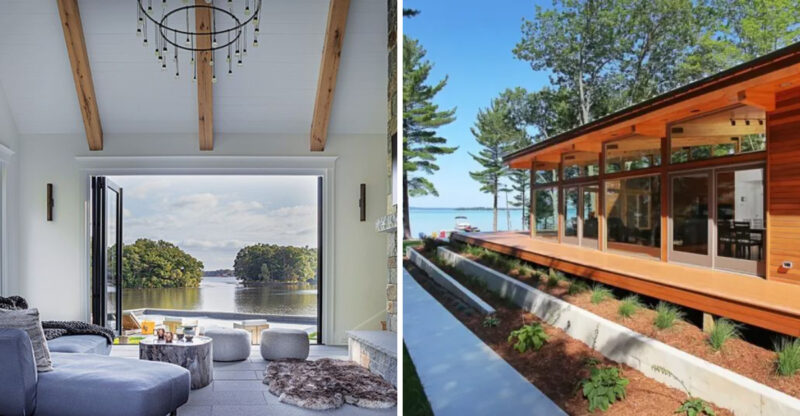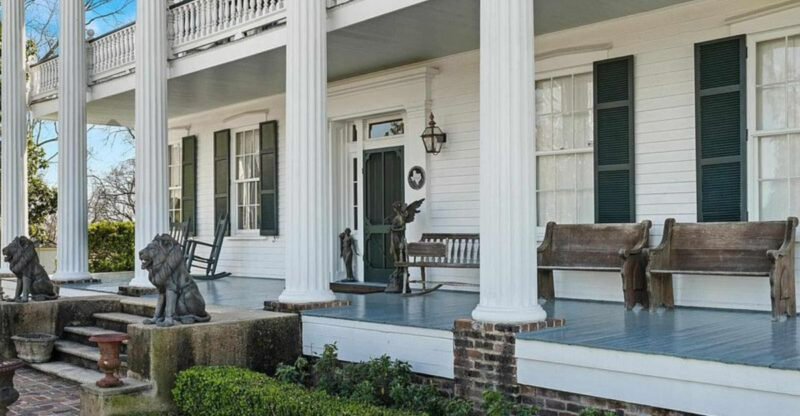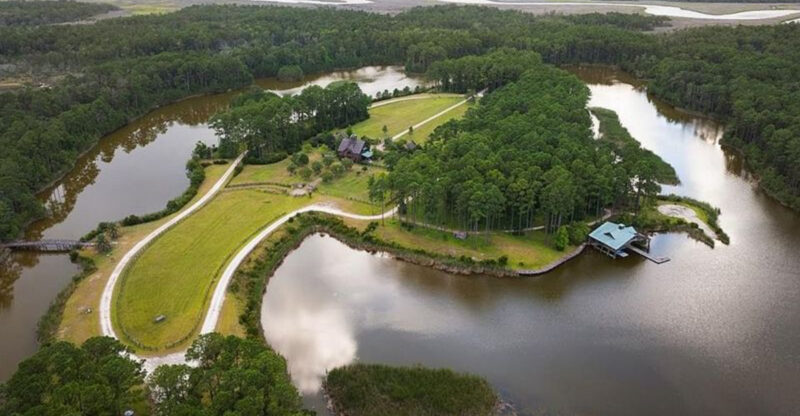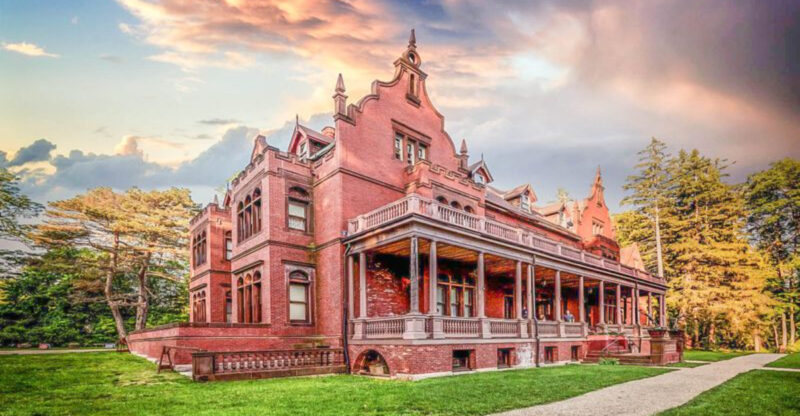16 Frontier Mansions In Missouri That Are Now Bare Foundations
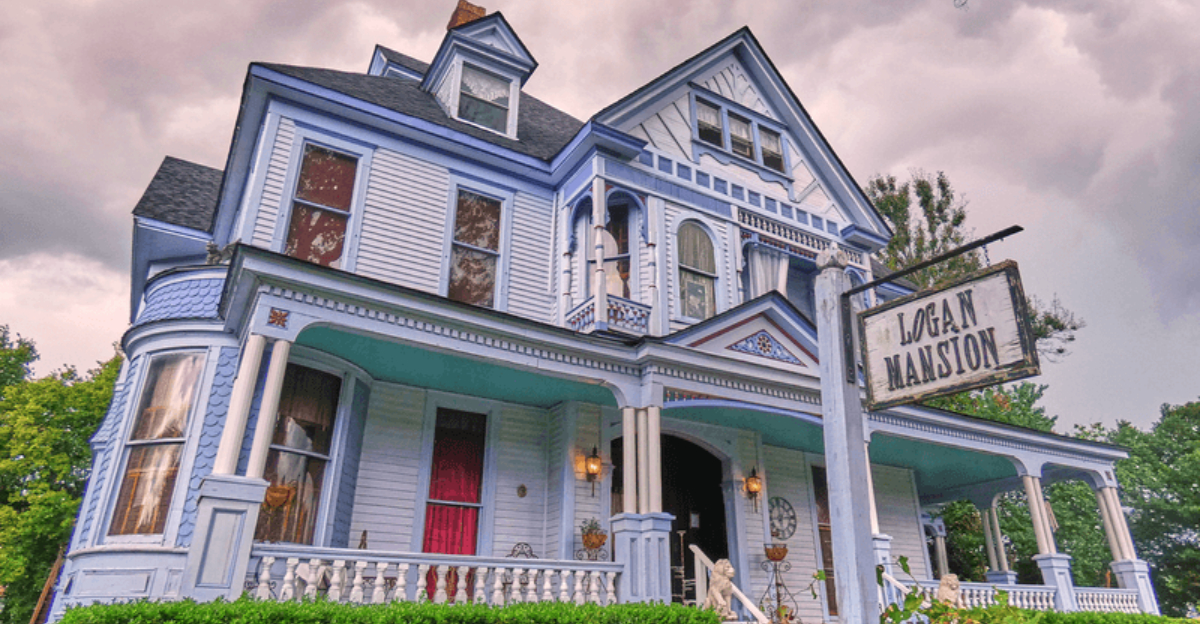
Missouri’s frontier history is filled with grand homes that once stood proudly across the landscape.
These magnificent mansions witnessed the state’s early development, housing influential families who shaped Missouri’s destiny.
Today, all that remains of these historic structures are stone foundations and crumbling ruins, silent testimonies to a bygone era of frontier prosperity.
1. Nathan Boone Homestead
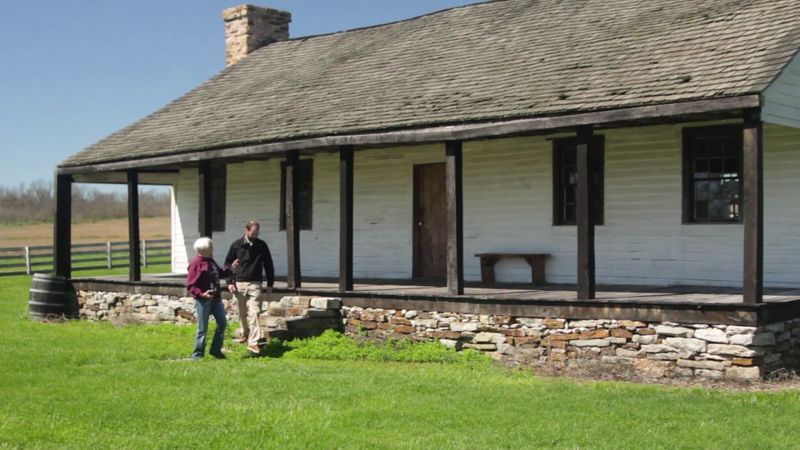
Hidden among overgrown brush near Ash Grove lies what’s left of Nathan Boone’s once-impressive home. The youngest son of legendary frontiersman Daniel Boone constructed this substantial residence in the 1830s, using locally quarried limestone and hand-hewn timber.
The foundation outlines reveal a surprisingly spacious frontier mansion that housed multiple generations of the Boone family. Visitors today can trace the perimeter where elegant parlors once hosted political gatherings and community celebrations.
Archaeological digs have uncovered period artifacts including hand-forged nails, broken china, and military buttons – small treasures that hint at the home’s former glory. The site now serves as a quiet memorial to Missouri’s pioneering spirit.
2. Louis Lorimier’s House
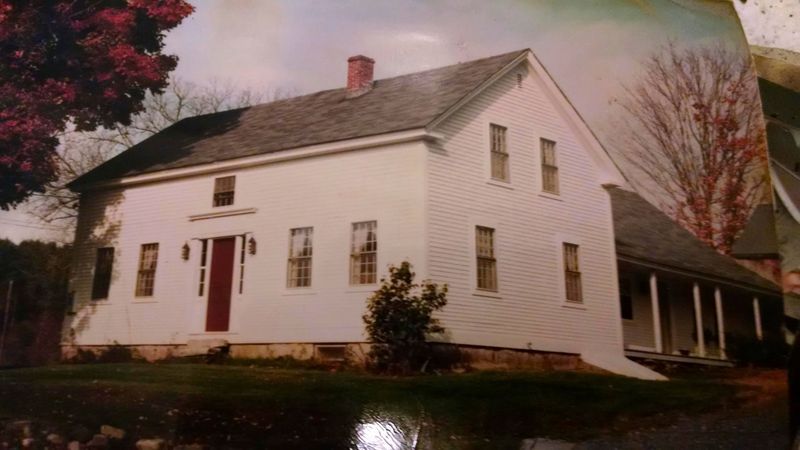
Perched on a bluff overlooking the Mississippi River, Louis Lorimier’s grand home once commanded attention in early Cape Girardeau. This French-Canadian trader built his impressive residence around 1795, establishing what would become one of Missouri’s earliest European settlements.
Archaeological excavations have mapped the foundation’s footprint, revealing a surprisingly sophisticated layout for frontier architecture. Lorimier’s status as a regional power broker was reflected in his home’s generous proportions and strategic location.
The mansion featured imported glass windows and a formal receiving room where Lorimier entertained dignitaries including future president William Henry Harrison. Though nothing remains above ground today, the site represents the beginning of Missouri’s transition from wilderness to established territory.
3. Fort Osage Officer’s Quarters
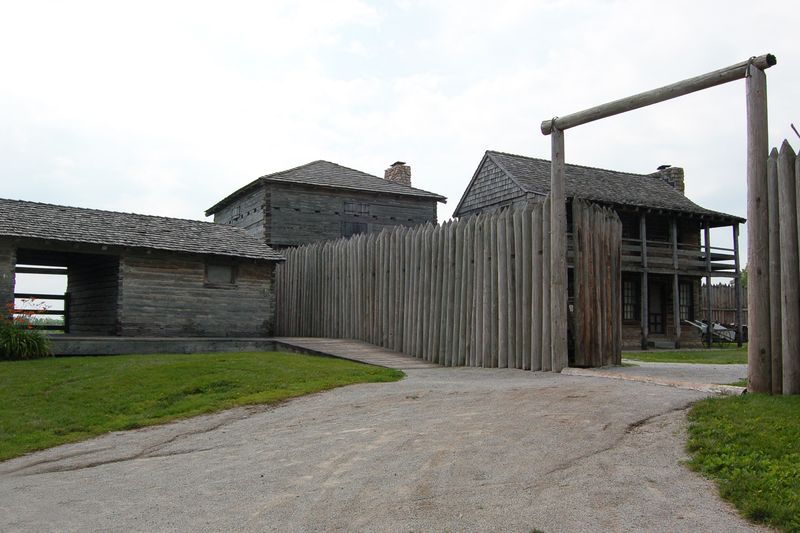
What appears to be mere stone outlines near Sibley actually marks the location of luxurious officer’s quarters from Missouri’s territorial period. Built in 1808 under William Clark’s supervision, these substantial homes housed military officers overseeing America’s westward expansion.
Unlike typical frontier cabins, these residences featured multiple rooms, glass windows, and refined architectural details befitting the status of their occupants. The foundations reveal spacious layouts with formal dining areas and separate servants’ quarters.
Archaeologists have recovered fragments of fine china, crystal decanters, and imported furniture hardware, indicating these frontier mansions maintained Eastern refinement despite their remote location. The contrast between these elegant homes and the surrounding wilderness highlights the determination of early settlers to establish civilization in Missouri’s frontier.
4. Daniel Boone’s Original Cabin
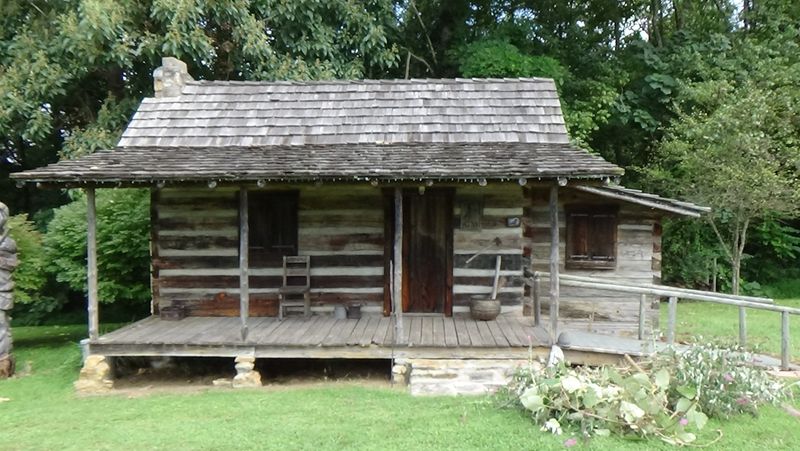
Though often called a cabin, Daniel Boone’s Defiance home was actually quite substantial by frontier standards. The legendary frontiersman constructed this impressive dwelling in 1799 after receiving a Spanish land grant, creating a regional landmark that hosted countless travelers.
The limestone foundation remnants outline a structure measuring nearly 2,000 square feet – hardly a simple cabin! Archaeological work has uncovered evidence of fine woodwork, imported glass, and sophisticated construction techniques.
Family records describe a home with multiple bedrooms, a formal parlor, and dedicated dining space where Boone entertained visitors from across the expanding nation. While only foundation stones remain today, this site represents the ambition and vision that drove Missouri’s early development and the determination of pioneers to create comfortable homes in the wilderness.
5. Anderson House
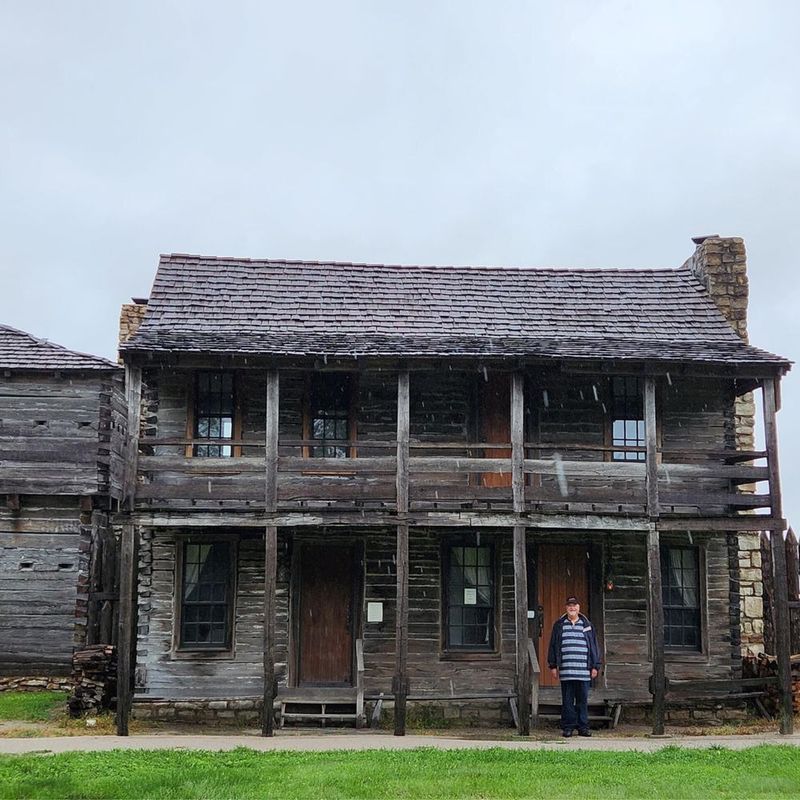
If you visit Lexington today, you’ll find only crumbling foundation stones where the grand Anderson House once stood. This impressive three-story brick mansion witnessed significant Civil War action, changing hands multiple times during the Battle of Lexington.
Built in 1853 by Oliver Anderson, a wealthy businessman and hemp producer, the mansion featured elaborate woodwork, imported furnishings, and sophisticated architectural details rarely seen on the frontier. The foundation outlines reveal a formal floor plan with specialized rooms for different social functions – a true statement of wealth and refinement.
The mansion’s destruction left only stone foundations that archaeologists have carefully documented, recovering fragments of fine china, crystal, and personal items. These artifacts provide glimpses into the sophisticated lifestyle of Missouri’s pre-Civil War elite.
6. Joseph Sappington House Site
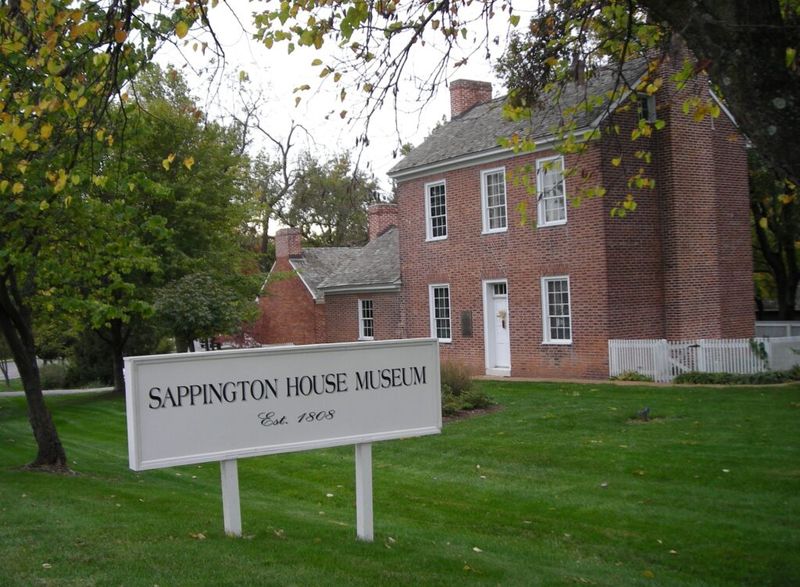
Nestled in what’s now Crestwood lies the stone foundation of Joseph Sappington’s once-magnificent home. This prominent member of one of Missouri’s most influential pioneer families built his residence around 1816, creating an impressive limestone structure that served as a social hub.
The foundation footprint reveals a substantial two-story home with multiple fireplaces, formal entertaining spaces, and specialized work areas. Sappington’s position as a community leader was reflected in his home’s imposing architecture and prime location.
Archaeological investigations have uncovered fragments of imported English ceramics, French wine bottles, and fine glassware – evidence of the sophisticated lifestyle maintained even in early Missouri. The site now serves as an archaeological preserve, allowing researchers to study the material culture of Missouri’s territorial period through the lens of one prominent family’s domestic life.
7. Blue Mills Grist Mill
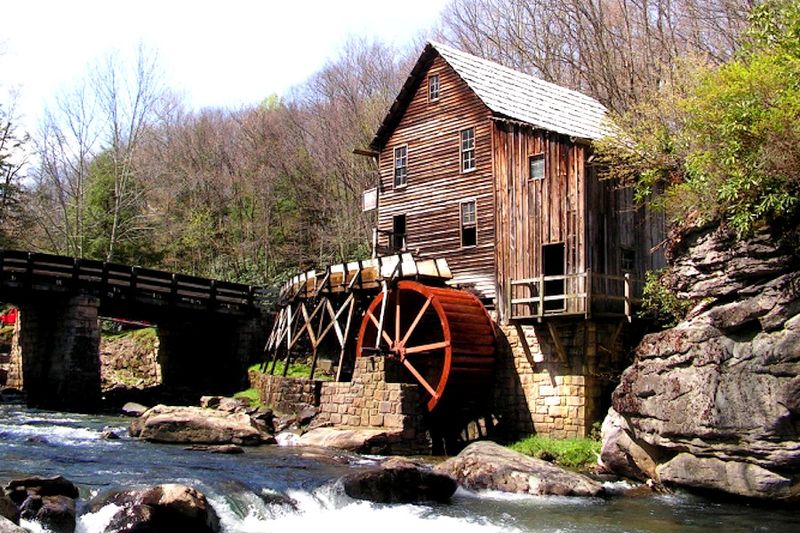
More than just an industrial site, the Blue Mills complex near Independence included an impressive owner’s residence that has since vanished. Built in the 1830s, this substantial brick home showcased the prosperity generated by Missouri’s early milling industry.
The foundation outlines reveal a formal Georgian-style mansion with symmetrical rooms, multiple chimneys, and specialized spaces for both business and social functions. Historical records describe elaborate entertaining in the home’s formal dining room, where commercial deals were often negotiated.
Archaeological work has recovered fragments of fine furnishings, imported tableware, and personal items belonging to the mill owner’s family. Though only foundation stones remain visible today, this site represents the wealth generated by Missouri’s early industrial development and how successful entrepreneurs translated economic success into impressive domestic architecture.
8. Fort Belle Fontaine Ruins
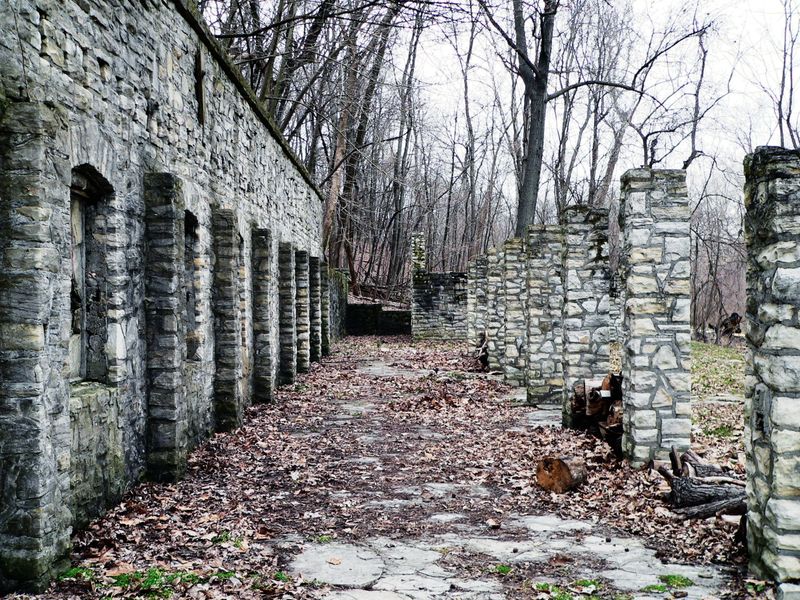
Overlooking the Missouri River north of St. Louis stand the crumbling foundations of what was once a magnificent officers’ residence. Established in 1805 as America’s first military installation west of the Mississippi, Fort Belle Fontaine’s commanding officers enjoyed surprisingly luxurious accommodations.
The stone foundation outlines reveal a substantial structure with formal entertaining spaces, private quarters, and service areas. Historical accounts describe a mansion-like building with refined architectural details that would have seemed remarkably out of place in the wilderness setting.
Archaeological excavations have uncovered military buttons, fine china, crystal stemware, and imported furniture hardware – evidence of the sophisticated lifestyle maintained at this remote outpost. These remnants offer fascinating insights into how America’s early military elite lived while establishing the nation’s presence on the frontier.
9. Fort Osage Original Foundation
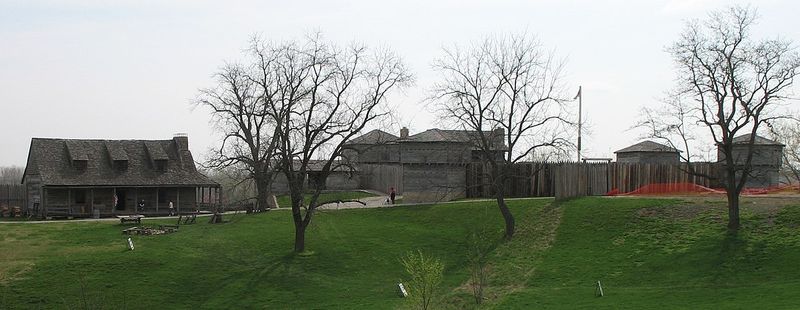
Beyond the reconstructed fort visitors see today lies the original foundation of what was once the Indian Factory House – a surprisingly elaborate structure for its frontier setting. Constructed in 1808 under William Clark’s direction, this substantial building served as both trading post and diplomatic headquarters.
The foundation footprint reveals a formal Georgian-style building with specialized rooms for trading, storage, and residential use. Historical records describe a structure that would have appeared remarkably sophisticated against the wilderness backdrop.
Archaeological work has uncovered trade goods, diplomatic medals, fine tableware, and personal items belonging to the government factors who lived and worked here. Though only stone outlines remain visible today, this site represents America’s early attempts to establish formal relations with Native American nations through impressive architecture designed to communicate federal authority and permanence.
10. Abandoned Mansion On Table Rock Lake
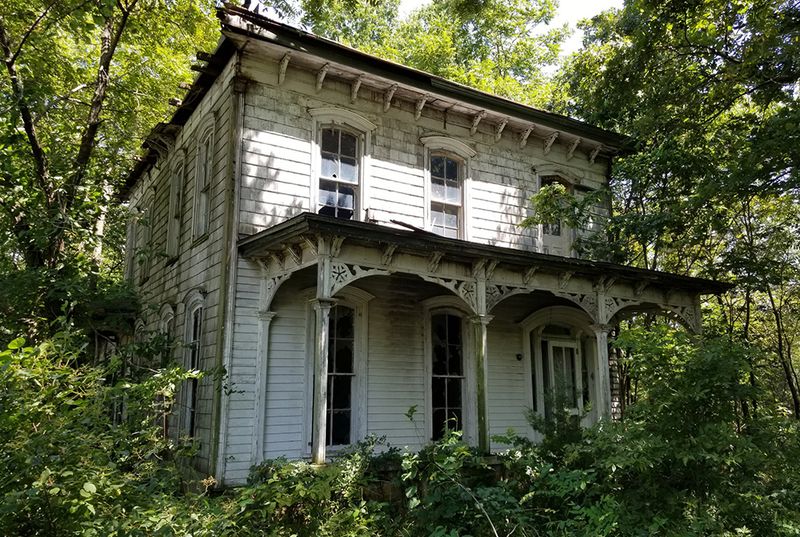
Hidden among the trees near Table Rock Lake stands the stone foundation of what locals once called the “Marble Palace.” Built in the 1850s by a wealthy St. Louis merchant seeking a summer retreat, this impressive limestone structure featured imported marble elements that gave the mansion its nickname.
The foundation outlines reveal a sprawling floor plan with formal gardens, multiple terraces, and specialized rooms for various social functions. Historical accounts describe elaborate summer parties where guests arrived by steamboat at the mansion’s private dock.
After falling into disrepair following the Civil War, the mansion was gradually dismantled for building materials, leaving only its substantial foundation. Visitors today can trace the footprint of what was once one of Missouri’s most impressive displays of frontier wealth – a testament to how early settlers brought Eastern sophistication to the Ozark wilderness.
11. Indian Ridge Mansions
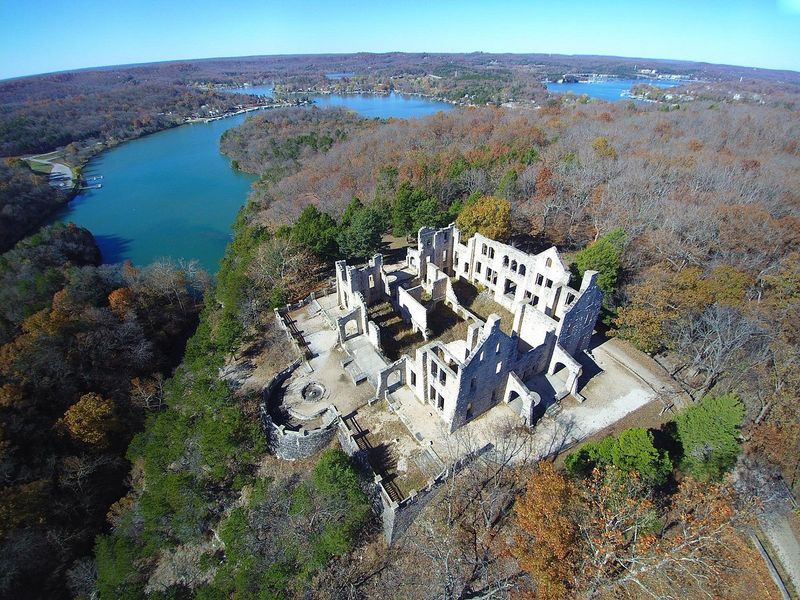
Scattered across a remote ridge in southern Missouri lie the foundations of what was once an ambitious development of luxury homes. Established in the 1840s by a group of wealthy merchants from St. Louis, Indian Ridge was planned as an exclusive summer community for Missouri’s elite.
The foundation outlines reveal multiple substantial homes arranged around a central commons area, with each mansion featuring unique architectural elements. Historical records describe elaborate social gatherings where Missouri’s business and political leaders networked during the summer months.
The community thrived briefly before economic downturns and the Civil War led to its abandonment. Archaeological investigations have uncovered fine imported ceramics, crystal, and personal items left behind when residents departed. These foundations represent an early attempt to establish a planned luxury community in Missouri’s frontier landscape.
12. Rural Taney County Abandoned House
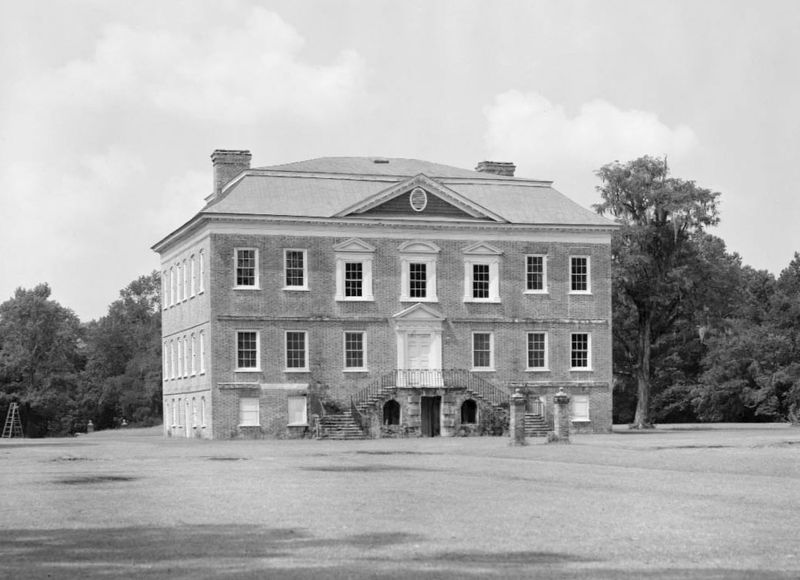
Deep in the Ozark forests of Taney County lies what locals call the “Lost Plantation” – the substantial foundation of what was once one of southern Missouri’s grandest homes. Built in the 1830s by a wealthy tobacco planter from Virginia, this impressive mansion featured columns, formal gardens, and architectural details rarely seen in frontier Missouri.
The foundation footprint reveals a classic Southern plantation layout with specialized spaces for entertaining, business, and household operations. Archaeological work has uncovered fragments of imported furnishings, fine china, and personal items belonging to the family.
Abandoned after the Civil War devastated the owner’s finances, the mansion gradually succumbed to nature, leaving only its stone foundation as evidence of its former grandeur. This site offers insights into how Southern plantation culture briefly extended into Missouri’s Ozark region before economic and social changes following the Civil War.
13. Abandoned Structure In Christian County
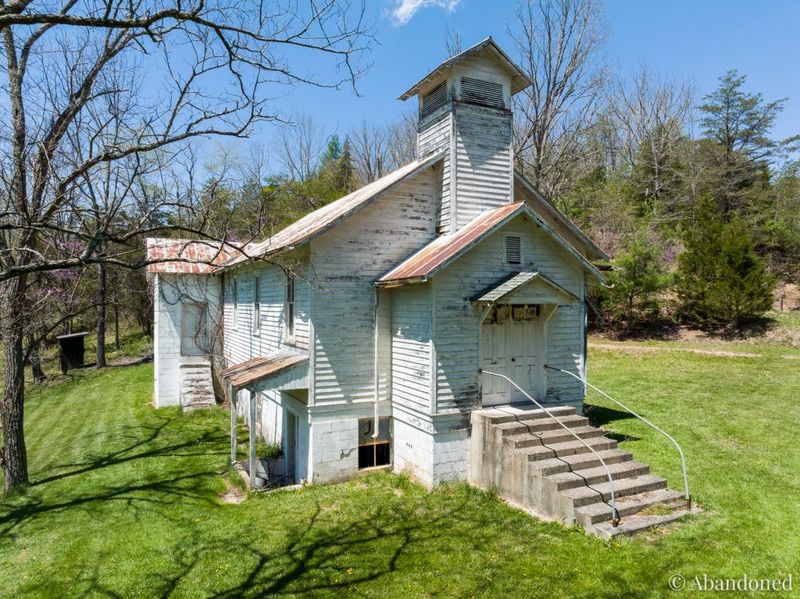
Just outside Ozark stands what locals call the “Governor’s Ruins” – the substantial foundation of a mansion built by one of Missouri’s early political figures. Constructed in the 1840s as both home and campaign headquarters, this impressive brick structure once hosted political gatherings that shaped Missouri’s territorial development.
The foundation outlines reveal a formal Federal-style mansion with specialized spaces for political meetings, social gatherings, and family living. Historical accounts describe elaborate political rallies held on the grounds where hundreds would gather to hear campaign speeches.
Archaeological investigations have uncovered campaign buttons, fine dining ware, and imported furniture fragments – evidence of how political power translated to domestic luxury on the frontier. Though the politician’s ambitions ultimately went unfulfilled, these ruins represent the intersection of domestic life and political ambition in Missouri’s formative years.
14. Abandoned Mansion Ruins In Kansas City Area
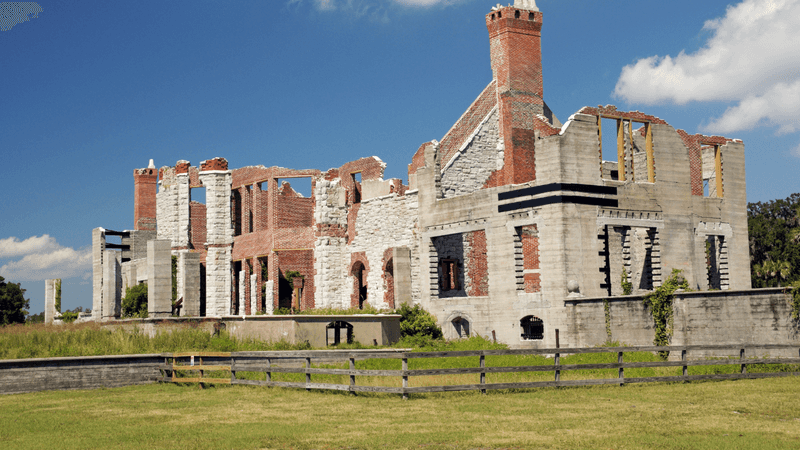
Hidden within what’s now a suburban park in the Kansas City area lie the foundation stones of what was once called “Westport Manor.” Built in the 1830s by a wealthy fur trader, this substantial brick home served as both residence and business headquarters during Kansas City’s formative years.
The foundation outlines reveal a formal Georgian-style mansion with specialized rooms for displaying trade goods, entertaining business partners, and housing the trader’s large family. Historical accounts describe a home filled with exotic items acquired through the fur trade – Native American artifacts, European luxuries, and Asian goods.
Archaeological work has uncovered trade beads, imported ceramics, and personal items that tell the story of Missouri’s early commerce. These foundation stones represent how frontier trade created wealth that was translated into impressive domestic architecture, bridging wilderness commerce and Eastern refinement.
15. Nelly’s Abandoned St. Louis Mansion Foundations
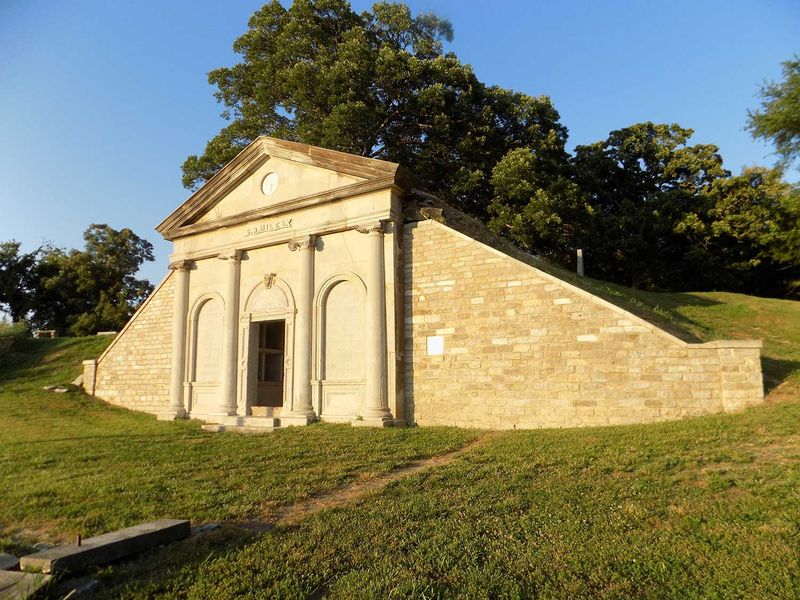
Beneath a modern St. Louis neighborhood lie the massive foundation stones of what was once called “Riverfront Palace.” Built in 1820 by prominent fur trader Manuel Nelly, this limestone mansion stood three stories tall and featured architectural elements imported from New Orleans and Europe.
The foundation outlines reveal an impressive structure with formal entertaining spaces, private family quarters, and specialized business areas where Nelly conducted his fur trade operations. Historical accounts describe elaborate social gatherings attended by St. Louis’ early elite and visiting dignitaries.
Archaeological excavations have uncovered imported French wine bottles, fine English ceramics, and personal items belonging to the Nelly family. Though completely vanished above ground, this foundation represents how St. Louis’ early commercial success created wealth that was displayed through impressive domestic architecture even when the city remained a frontier outpost.
16. Evergreen “Glass Palace” Foundations
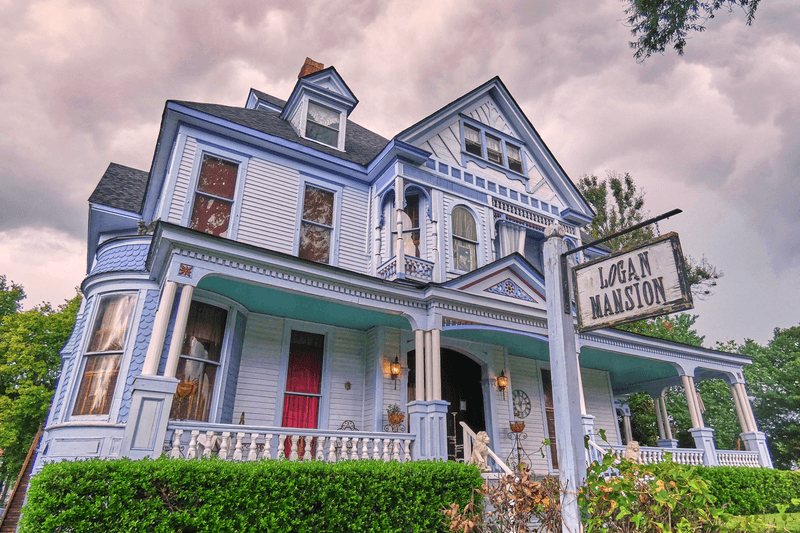
Tucked away in Missouri’s rolling hills near Hermann are the substantial foundation stones of what locals once called the “Glass Palace.” Built in 1845 by a wealthy German immigrant who made his fortune in vineyards, this unique mansion featured an unprecedented number of glass windows that gave the home its nickname.
The foundation footprint reveals a European-influenced design with formal gardens, wine cellars, and specialized spaces for entertaining. Historical accounts describe elaborate gatherings where the owner showcased his wines to visitors from across the country.
Archaeological investigations have uncovered fragments of imported glass, European ceramics, and specialized wine-making equipment. Though fire destroyed the mansion in the 1890s, these foundation stones represent how European architectural influences and winemaking traditions were transplanted to Missouri’s frontier, creating unique hybrid structures that reflected both Old World heritage and New World opportunity.

